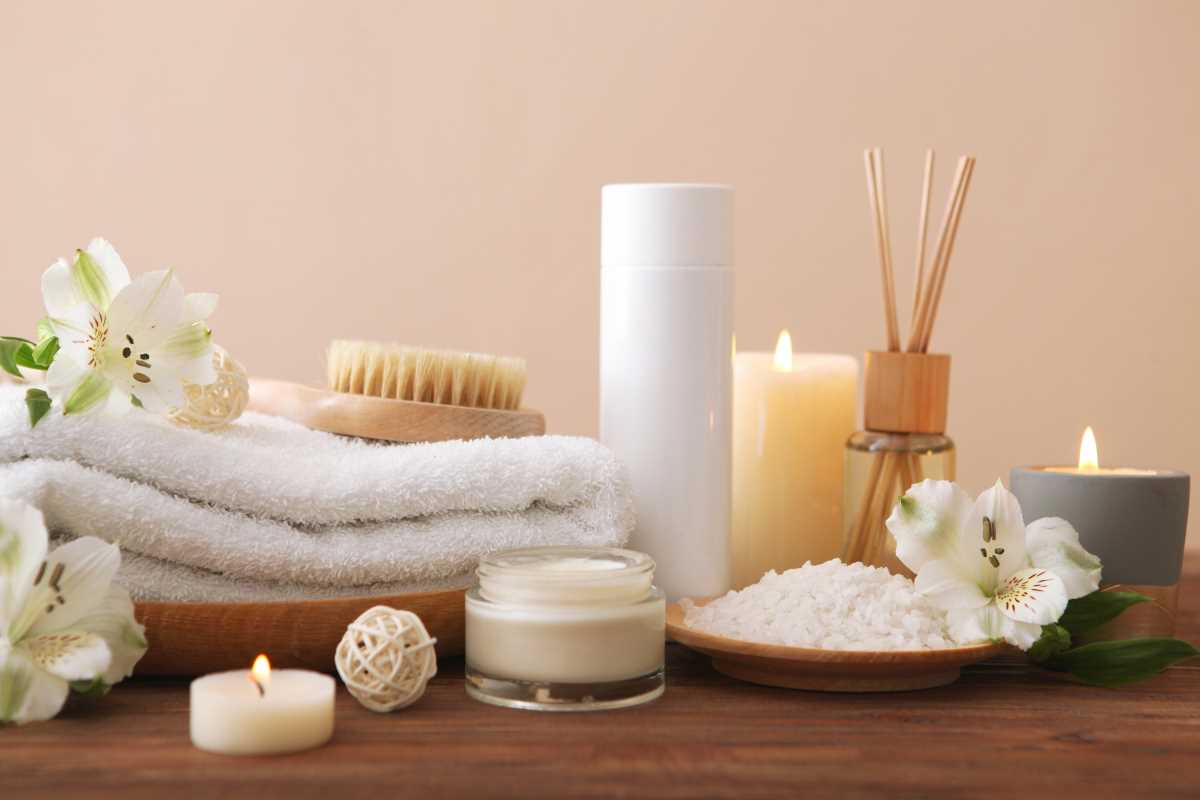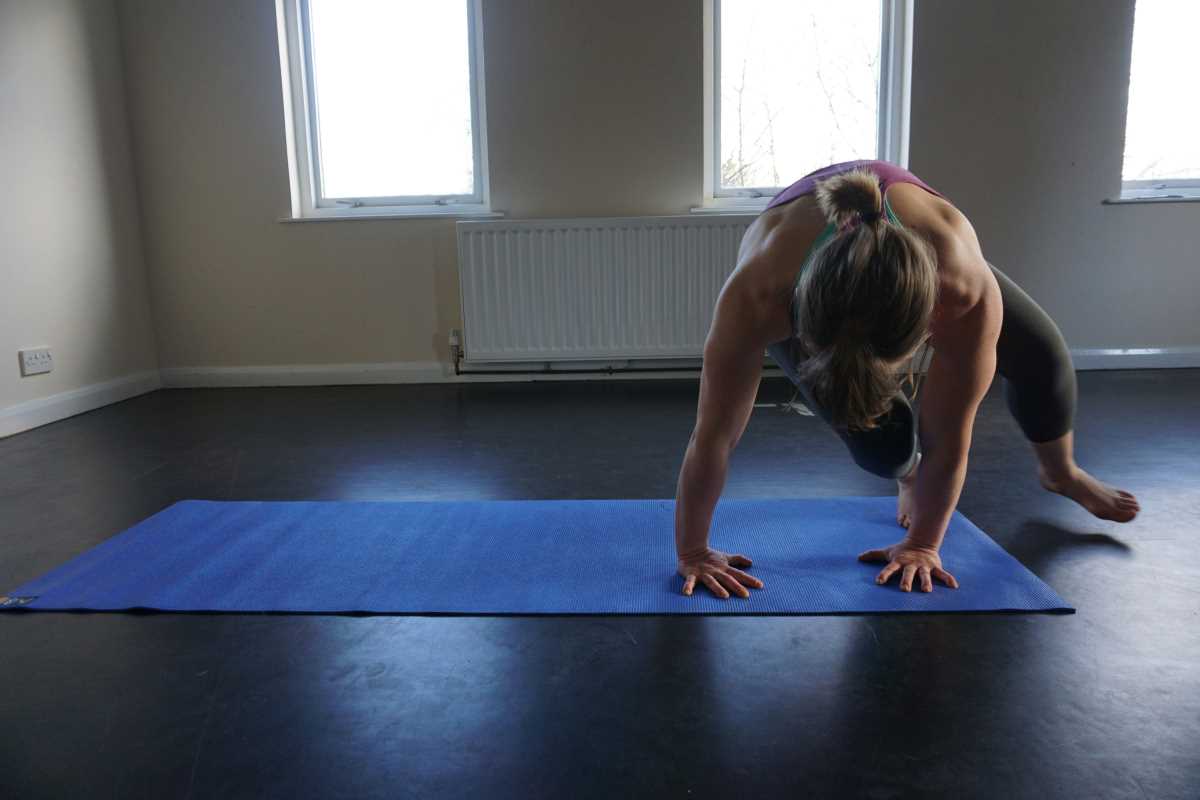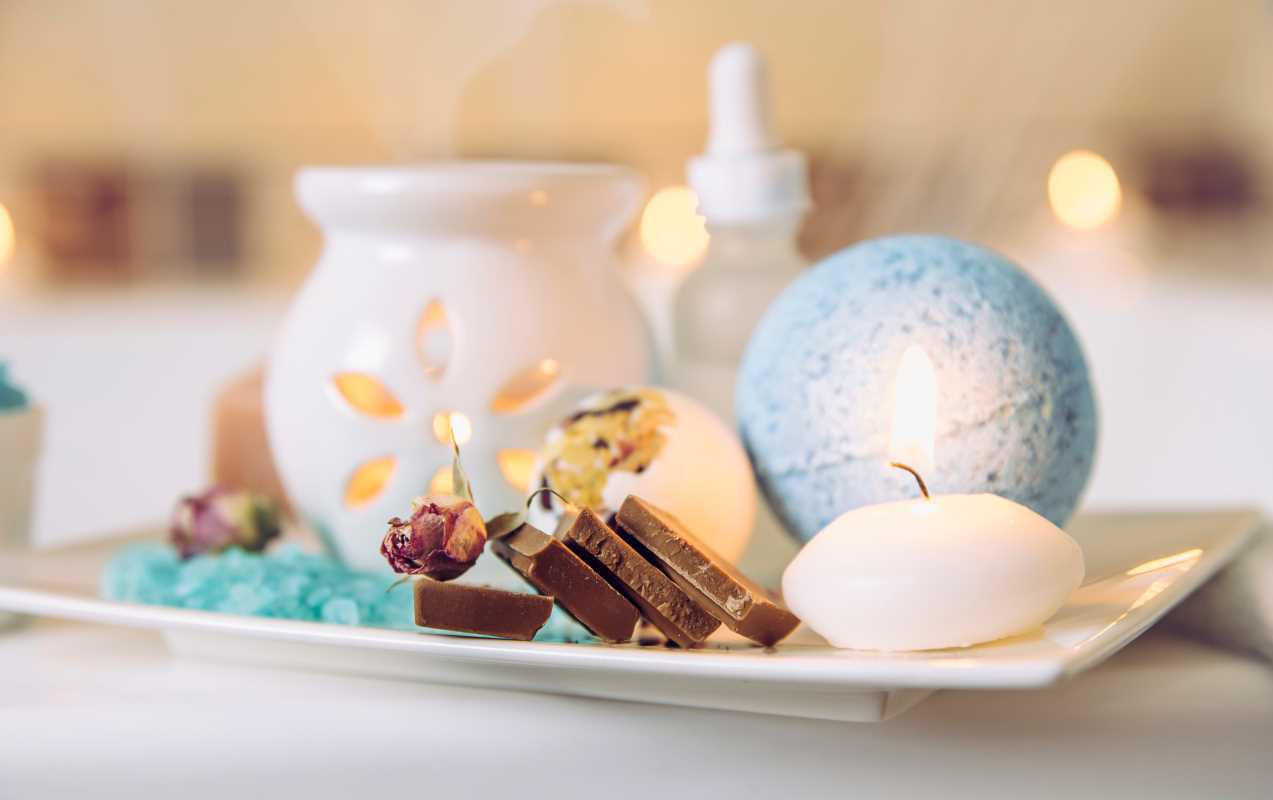Finding emotional balance often means paying close attention to the ways your thoughts, physical state, and surroundings influence one another. While healing may seem like a personal journey, discovering fresh methods can introduce a renewed sense of vitality and calm. Blending creative exercises with everyday routines helps you build stability when emotions seem overwhelming. This guide highlights five unique approaches that invite greater harmony into your daily life and encourage a lasting sense of peace. Each method offers practical steps to help you regain your footing and nurture a calmer, more centered state of mind.
Each method here offers simple steps you can weave into daily life. You don’t need special equipment—just curiosity and a willingness to experiment. Let’s dive into these fresh practices, starting with how to connect thoughts and sensations in surprising ways.
What Is Holistic Healing
Holistic healing treats the whole person—mind, body, and spirit—rather than focusing on a single symptom. Combining different techniques helps you create a supportive network for your emotional health. For instance, a soothing cup of herbal tea can complement a guided visual journey, reinforcing both physical relaxation and mental clarity.
This approach recognizes that stress in one area can ripple into others. When your body feels tense, your mind often follows suit. Working on multiple fronts at once helps you break that cycle. You’ll find methods that speak to your personality, making healing feel less like a chore and more like an act of self-discovery.
Creative Mind-Body Practices
Engaging both brain and body rewires stress responses and builds resilience. These practices bring new tools to your toolbox:
- Biofeedback games: Play interactive apps that show your heart rate or breathing in real time, so you learn to slow down under pressure.
- Sound bath sessions: Lie back and let gentle tones from crystal bowls guide you toward a calm state, releasing tension you didn’t know you held.
- Shaking meditation: Shake arms, legs, and torso gently for a few minutes, then settle into stillness. This helps release built-up energy and stress.
- Emotional Freedom Technique (EFT): Tap specific points on your face and hands while voicing simple affirmations to reset stress patterns.
These activities activate different pathways in your nervous system. Trying them in short daily doses trains your mind to stay calmer when challenges arise.
Nutrition and Emotional Well-Being
Your diet plays a huge role in how you feel day-to-day. Certain nutrients support brain chemistry that regulates mood, motivation, and calm. Here are the top five to include regularly:
- Omega-3 fatty acids: Found in walnuts, flaxseeds, and fatty fish like tuna. These fats help reduce inflammation linked to anxiety and low mood.
- Vitamin D: Boost your levels through sun exposure or supplements. Low vitamin D can contribute to irritability and fatigue.
- Magnesium: Dark chocolate, pumpkin seeds, and leafy greens supply this mineral that eases muscle tension and promotes restful sleep.
- Vitamin B complex: Eggs, poultry, and legumes support neurotransmitters that keep your energy balanced and stress in check.
- Probiotics: Yogurt, sauerkraut, and kimchi feed gut bacteria connected to mood regulation, helping you feel more grounded.
Pair these foods with regular hydration and moderate caffeine. Notice how small tweaks to snacks and meals can brighten your mood and sharpen your focus over time.
Integrate Alternative Therapies
Complementary therapies provide unique ways to balance emotions without relying solely on talk sessions or medication. You might explore:
Reflexology gently stimulates pressure points on your feet and hands to ease stress throughout the body. You can learn basic sequences to practice at home or visit a certified practitioner. Many people notice clearer thinking and better sleep after just one session.
Crystal therapy taps into subtle energies via gemstones placed on or around the body. While research remains mixed, many find the gentle ritual of selecting and positioning stones feels meditative. Try amethyst for calm or rose quartz for self-compassion.
Create Daily Rituals for Emotional Balance
Building small habits helps establish lasting emotional well-being. Choose two or three of these rituals to incorporate into your morning or evening routine:
- Morning gratitude journaling: Write three specific things you appreciate. This primes your brain to notice positives throughout the day.
- Midday digital detox: Step away from screens for ten minutes, focusing on deep breaths or a short walk outside.
- Mindful tea ceremony: Prepare a cup of herbal infusion with full attention on aroma, color, and taste, turning drink time into a mini-retreat.
- Evening body scan: Lie down and mentally scan each part of your body, releasing tension as you breathe gently into each area.
- Weekly creative check-in: Sketch, dance, or write freely for twenty minutes to express emotions you might not name otherwise.
Practicing these small routines regularly helps create neural pathways that favor calm responses over stress reactions. Over time, these habits reshape how you handle ups and downs.
These five approaches offer fresh ways to support your emotional balance. You can combine methods to create a routine that suits you best.
Trust your instincts and try each technique sincerely. Eventually, you'll discover a personal mix that builds resilience and promotes calm in daily life.
 (Image via
(Image via





